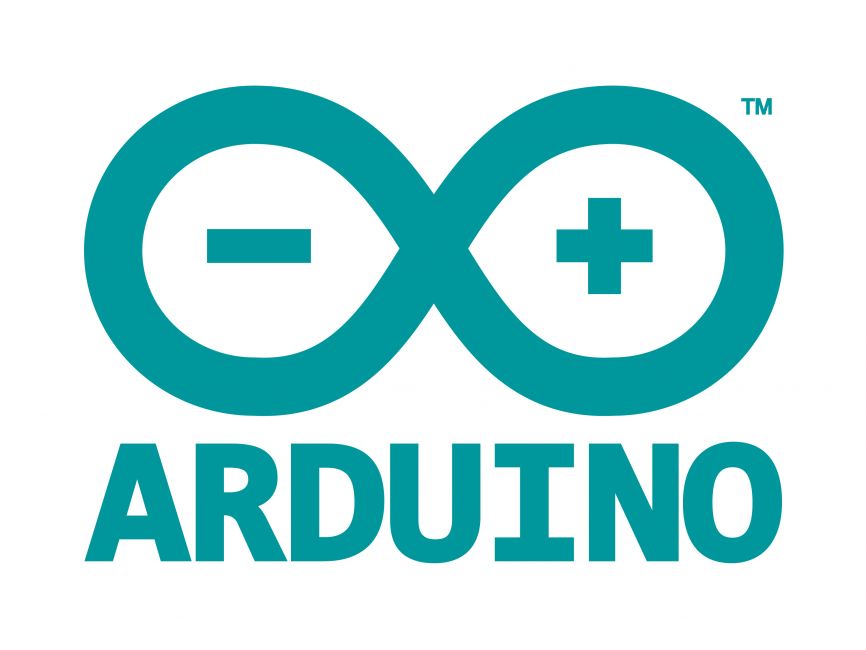
Welcome to the World of Sensors and Modules with Arduino!
Welcome to our comprehensive guide to using sensors and modules with Arduino! Whether you’re a beginner eager to dive into the exciting world of electronics or an experienced maker looking to expand your skill set, you’ve come to the right place. Arduino microcontrollers are at the heart of countless DIY projects, and understanding how to integrate sensors and modules opens up a world of possibilities. In this guide, we’ll walk you through everything you need to know to get started, from selecting the right components for your next project to wiring them up and writing code to make them function. With step-by-step tutorials, you’ll be well-equipped to harness the full potential of Arduino and unleash your creativity.
What are Modules?
Modules refer to pre-built, compact electronic components or devices that can be easily integrated into a project. These modules typically serve a specific function and often come with their own circuitry, sensors, and sometimes even microcontrollers. They are designed to simplify the process of interfacing with various electronic components, making it easier for hobbyists, students, and engineers to build projects without having to design complex circuits from scratch.
Sensors and Modules Guides:
When using modules with Arduino, you can often find pre-written libraries and example code that make it easier to interface with these components. This modular approach allows developers to focus more on the application logic and less on the intricacies of electronic circuit design.
Here are some guides for the most common types of modules used in Arduino projects:
Sensor Modules
These modules include various sensors like temperature sensors, humidity sensors, motion sensors, light sensors, etc. Examples include the DHT11 or DHT22 for temperature and humidity, HC-SR04 for ultrasonic distance sensing, and MPU6050 for motion sensing.
- DHT11 Temperature and Humidity Sensor Module
- Digital Temperature Sensor Module
- DS18B20 Temperature Sensor Module
- Flame Sensor Module
- GY-521 Module
- HC -SR501 PIR Motion Sensor Module
- Linear Hall Sensor Module
- Line Tracking Module
- Metal Touch Sensor Module
- Soil Moisture Sensor
- Obstacle Avoidance Sensor
- Photo Interrupter Sensor Module
- Photo Resistor Module
- Reed Switch Sensor Module
- Shock Sensor Module
- Tap Sensor Module
- Tilt Switch Module
- Ultrasonic Sensor Module
- Water Level Sensor
Communication Modules
Modules for wireless communication, such as Bluetooth modules (HC-05, HC-06), Wi-Fi modules (ESP8266, ESP32), and RF modules (433MHz or 315MHz transmitters/receivers).
- Bluetooth Module
- GPS Module
- IR Receiver and IR Transmitter
- RF Module
- ESP32
- ESP8266
Display Modules
Modules that simplify the integration of displays, such as OLED displays, LCD displays, and LED matrix displays.
- 0.96 OLED I2C Display Module
- 1 Digit 7-Segment Display
- 4 Digit 7-Segment Display
- LCD1602 Liquid Crystal Display
- LED Matrix
Light Modules
Motor Driver Modules
These modules help control motors, such as the L298N or L293D motor driver modules, which simplify the control of DC motors and stepper motors.
- L298N
Sound Modules
Modules for sound-related functions, like sound sensors, microphones, and audio playback modules.
Power Modules
Modules that assist in power management, such as voltage regulators or battery charging modules.
Input Modules
Modules for various input methods, like keypad modules, rotary encoder modules, and touch sensor modules.
Timekeeping Modules
Modules with real-time clocks (RTC modules) for accurate timekeeping in projects.
We are continuously working on writing new guides for even more sensors and modules with Arduino, so keep checking back for new content.
